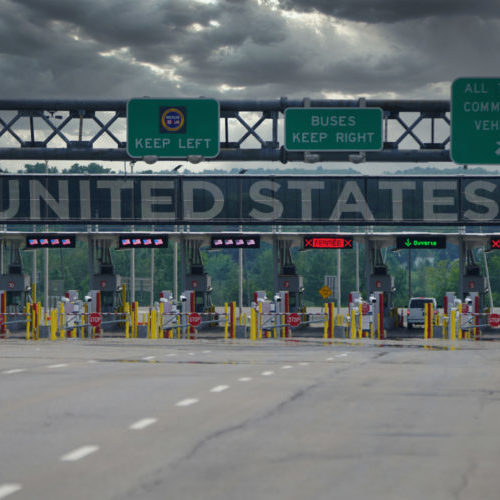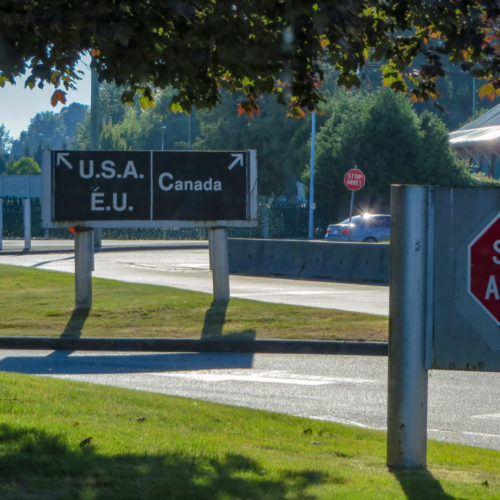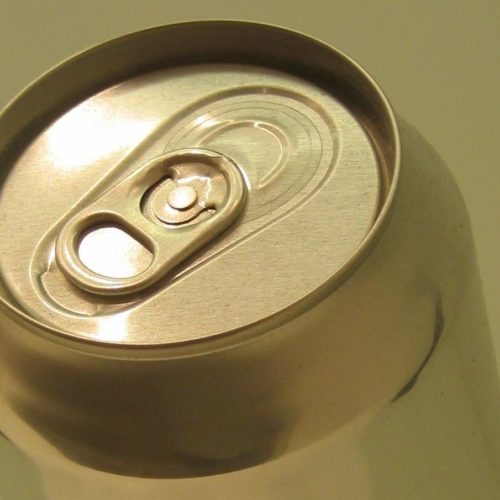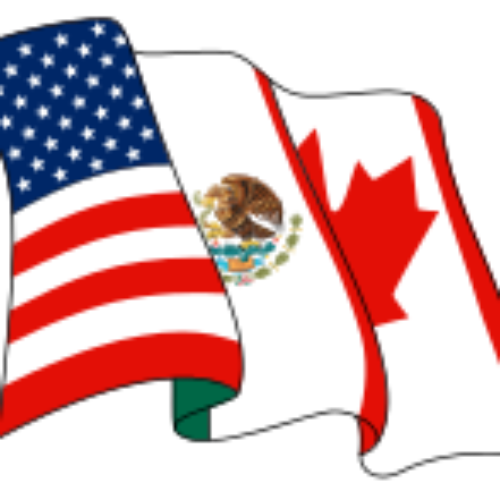The Trans-Pacific Partnership (TPP), a trade deal between 12 Pacific Rim countries including the United States and Canada, was recently agreed to on October 5, 2015. The TPP, born out of the Trans-Pacific Strategic Economic Partnership (TPSEP) agreement (Singapore, Brunei, New Zealand, and Chile), will now account for roughly 40 percent of global GDP, the world’s largest regional trade zone.
After the agreement on October 5, Canadian Trade Minister Ed Fast said that Canada will be able to “walk shoulder-to-shoulder with [its] NAFTA partners, to expand [its] opportunity within the Asia-Pacific.” The White House has said that with TPP, the United States and Canada have the capability to improve on old agreements, particularly those made in NAFTA.

On a hazy evening a flaming red ball sinks into the ocean behind a small fleet of freighters in the English Bay anchorage. "Ferguson Point Sunset" by Big Dave Diode is licensed under CC BY-NC-SA 2.0 cc-iconby license iconnc license iconsa license iconCopy rich text
The purpose of TPP is to reduce tariffs and barriers — more than 18,000, the White House claims — within numerous sectors including, agriculture, technology, automotive, and agriculture products, etc. Crucially, the pact also aims to create a common framework for intellectual property, protection and enforcement of labor standards and environmental regulations, as well as an investor-state dispute settlement mechanism.
The United States and Canada are each others largest trading partners with roughly $660 billion in total goods traded in 2014. According to Canada’s Department of Foreign Affairs, Trade and Development (DFATD), agreements under TPP will supplement and develop on those made under the North American Free Trade Agreement (NAFTA).
DFATD also has explained that TPP will help to ensure Canada’s supply chain management sector to help encourage American use of Canadian materials.
Meanwhile, the Obama administration has tried to calm those in the United States skittish of large trade deals such as the TPP. The Office of the U.S Trade Representative states that “TPP learns from past trade agreements, including NAFTA, by upgrading existing standards and setting new high standards that reflect today’s economic realities.”
After the agreement was signed, Canada’s Liberal Party issued a release criticizing the Conservative Party for the enigmatic manner in which the negotiation process was conducted. The final sentence of the release however, states that if the Liberal Party formed a government, they will hold a public debate in Parliament to ensure disclosure of the agreement and the safety of Canada’s manufacturers.
TPP now goes into each country’s legislature for ratification.





